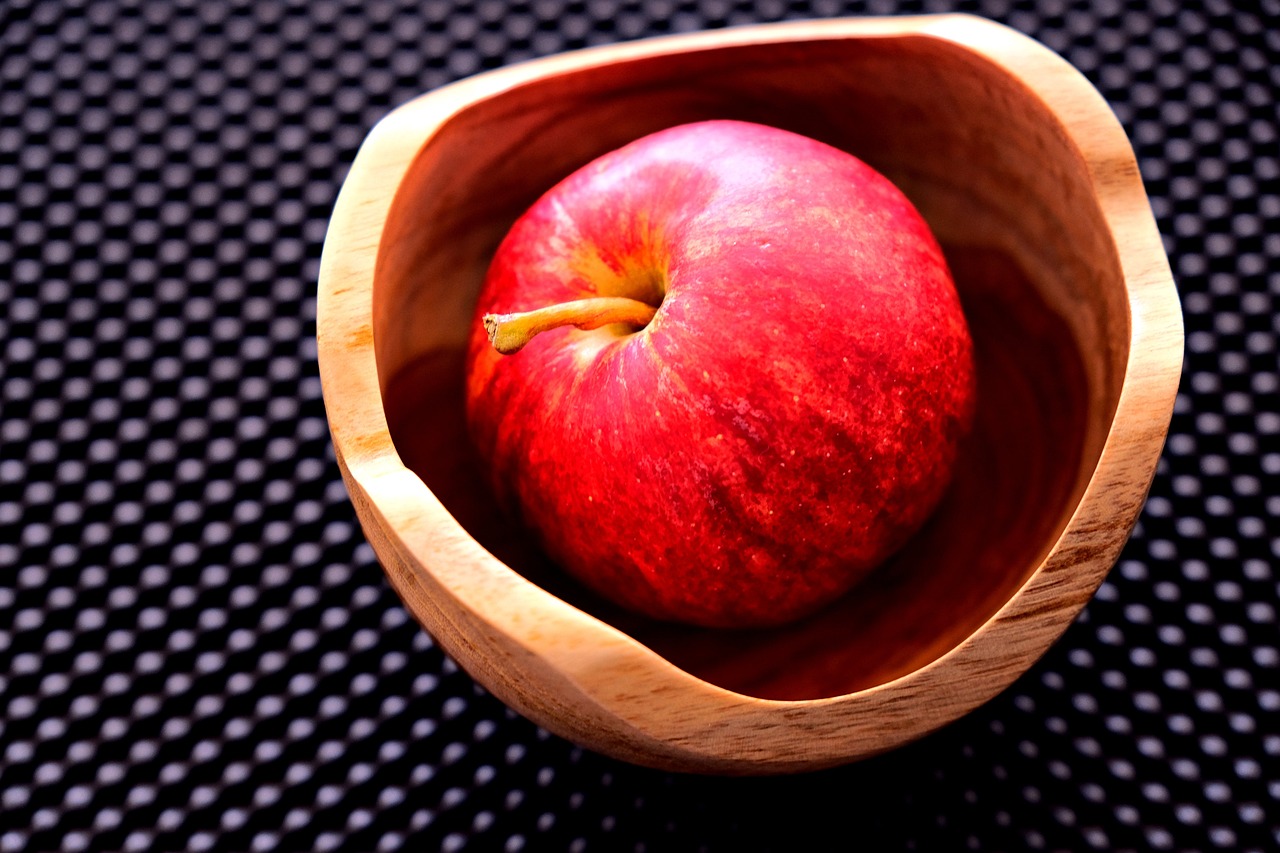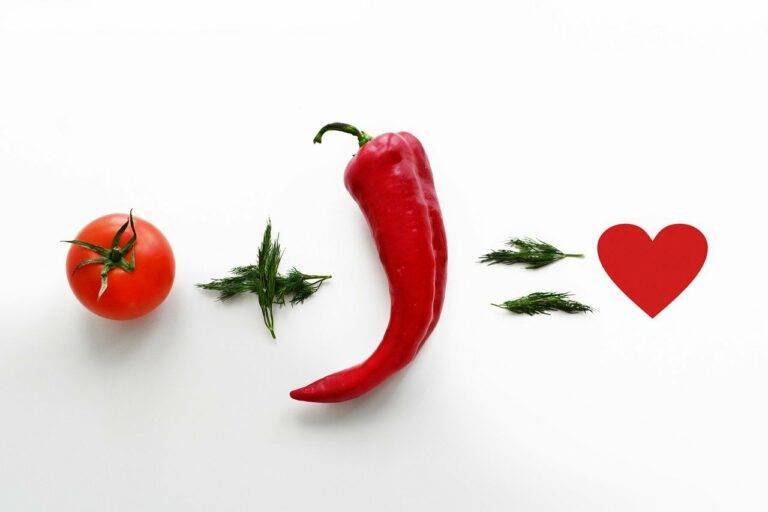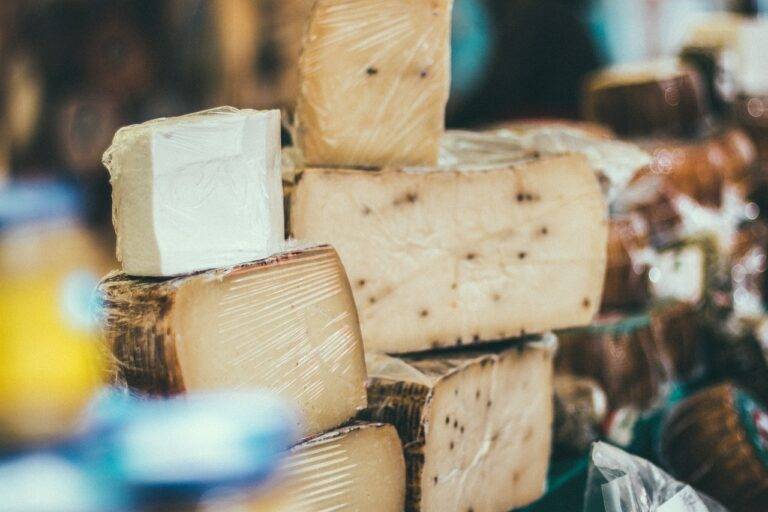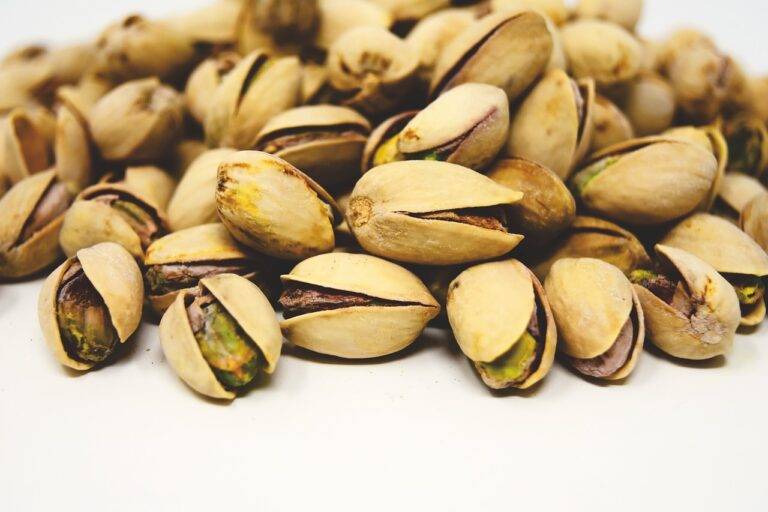The Evolution of Food Packaging: From Plastic Pollution to Sustainable Solutions.
Food packaging has existed for centuries, evolving alongside the development of human civilization. Early forms of food packaging were rudimentary, primarily focusing on preserving food and preventing spoilage. In ancient times, people used natural materials like leaves, animal skins, and hollowed-out gourds to store and protect their food.
As societies progressed, so did food packaging techniques. The Industrial Revolution in the 19th century brought about significant advancements in packaging technology. The introduction of tin cans, glass jars, and paper packaging revolutionized the way food was stored and distributed on a mass scale. These innovations not only extended the shelf life of food but also made it more convenient for consumers to access a wider variety of products.
Early Innovations in Food Packaging
The use of glass bottles marked a significant development in the early innovations of food packaging. This packaging solution gained popularity due to its ability to preserve food freshness for a longer duration compared to other available options. Glass bottles were especially utilized for packaging beverages like milk, wine, and juices, revolutionizing the way these products were stored and distributed.
Tin cans also emerged as a pioneering innovation in food packaging during this era. The introduction of tin cans enabled food to be preserved for extended periods, preventing spoilage and contamination. This led to increased convenience and accessibility for consumers, as they could now enjoy a wider variety of food products that were previously limited by storage constraints.
What is the history of food packaging?
Food packaging can be traced back to ancient civilizations, where various materials such as leaves, gourds, and animal skins were used to store and transport food.
What were some early innovations in food packaging?
Some early innovations in food packaging include the use of glass bottles, tin cans, and paper bags. These materials helped to extend the shelf life of food and make it more convenient for consumers.
How did food packaging evolve over time?
Food packaging continued to evolve with the invention of plastic containers, vacuum sealing techniques, and modified atmosphere packaging. These advancements have greatly improved food safety and preservation.
Why is food packaging important?
Food packaging plays a crucial role in protecting food from contamination, maintaining freshness, and providing information to consumers. It also helps reduce food waste and improve convenience for consumers.





